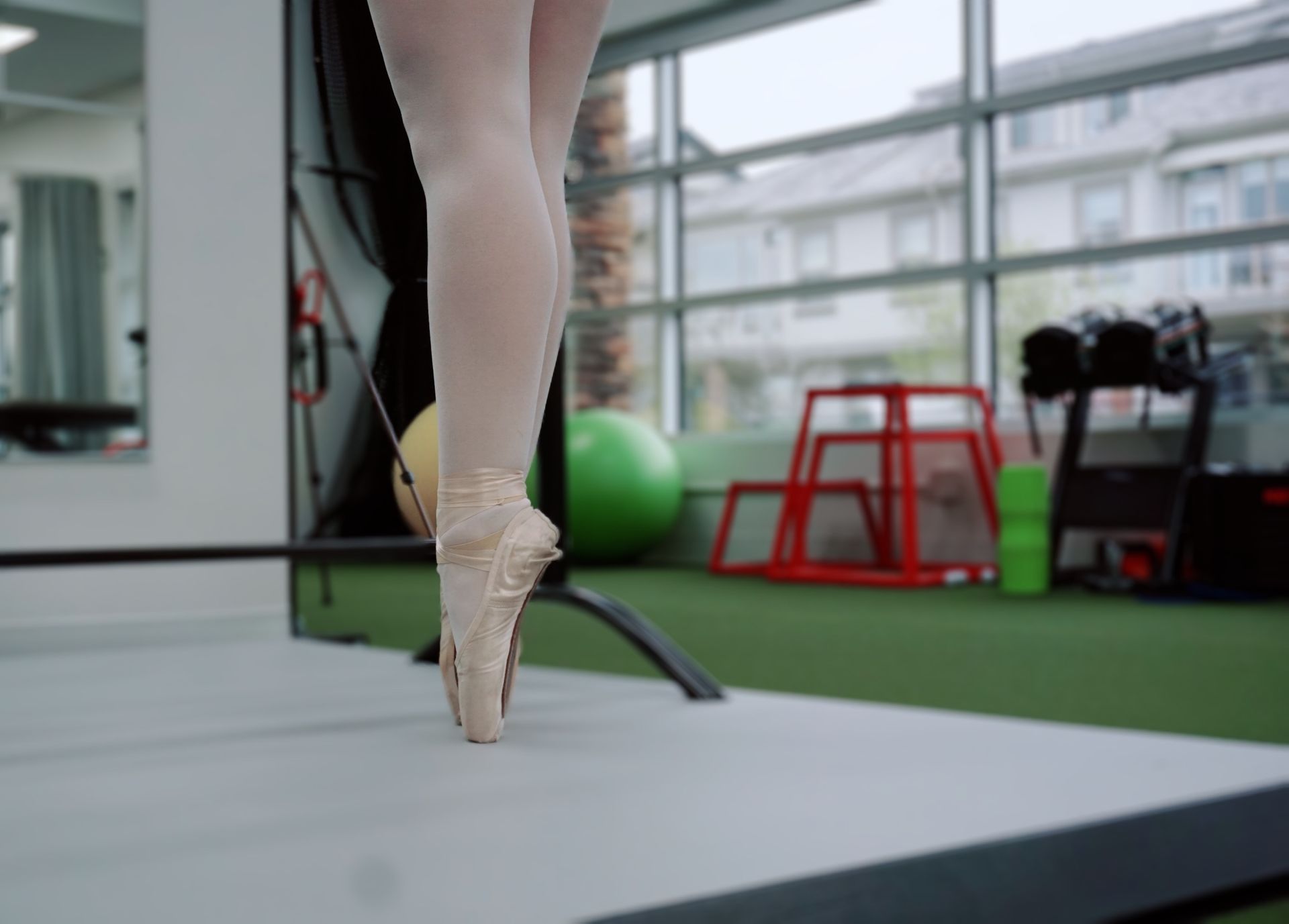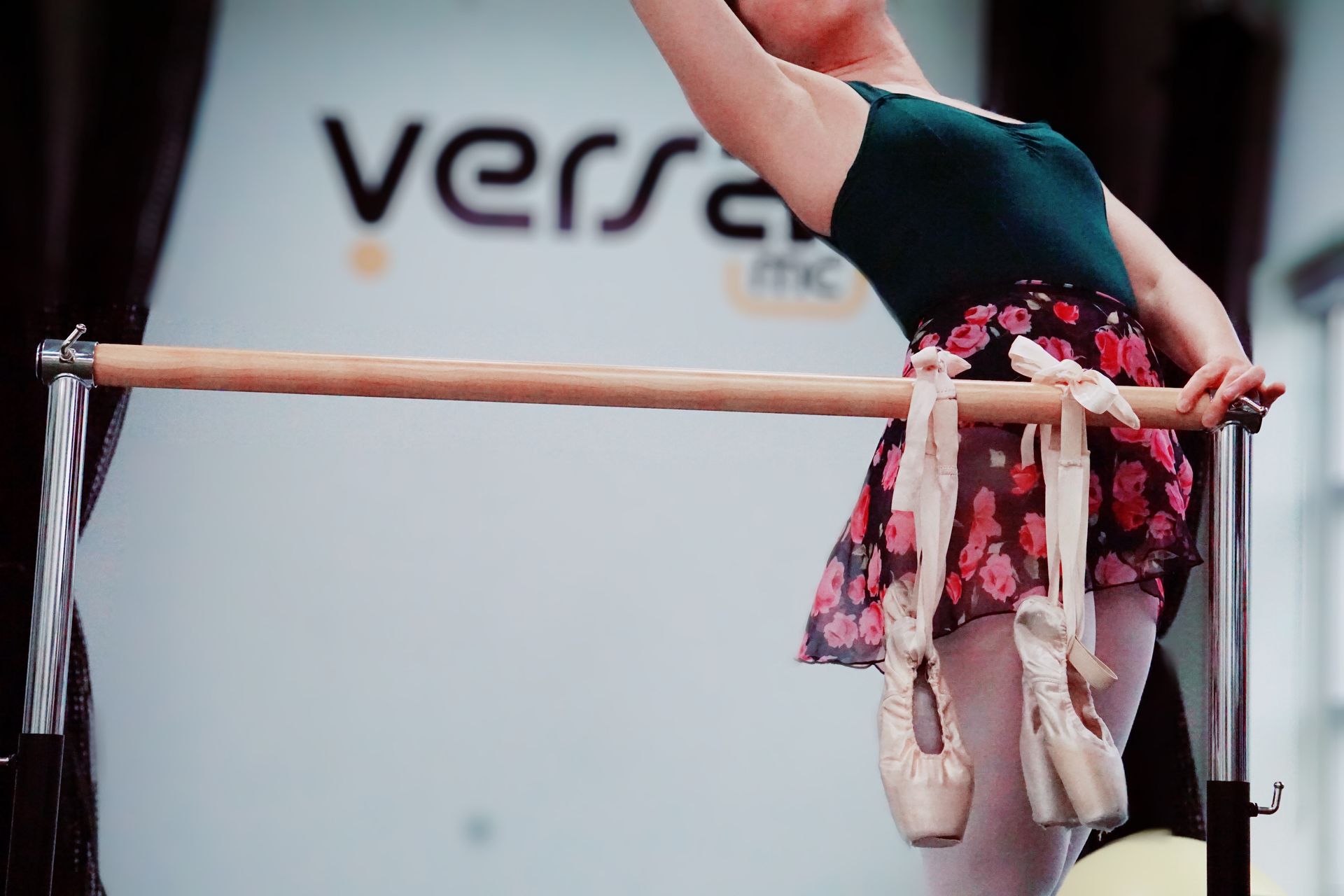Dance Performance
Unlock your true potential with our Dance Performance Physiotherapy at Versa Movement Collective. Dedicated to supporting dancers in achieving their highest level of performance, we blend science-based techniques with personalized care. Discover a program tailored to your needs, designed to enhance your strength, flexibility, and overall dance performance.
Dance Performance Physiotherapy: A Leap Towards Optimal Health
We understand the specific needs and challenges of dancers, who often push their bodies to extreme limits and are prone to injuries. Our physiotherapists, with their extensive knowledge and experience in dealing with dance-related conditions, provide specialized therapy designed to address these unique needs. We focus on improving flexibility, strength, and endurance, while also offering preventative measures to avoid future injuries. Our approach is not just about healing; it's about enhancing your dance performance and helping you express your art with full confidence and freedom. Trust us to provide the care and support you need to shine on stage.


